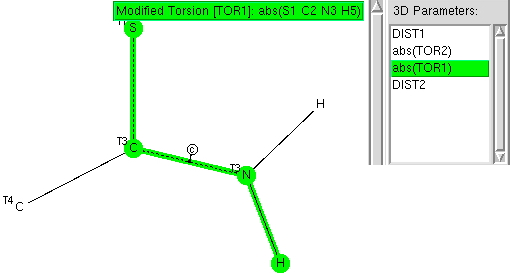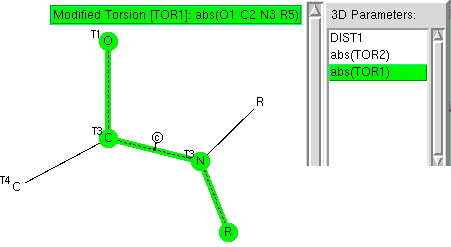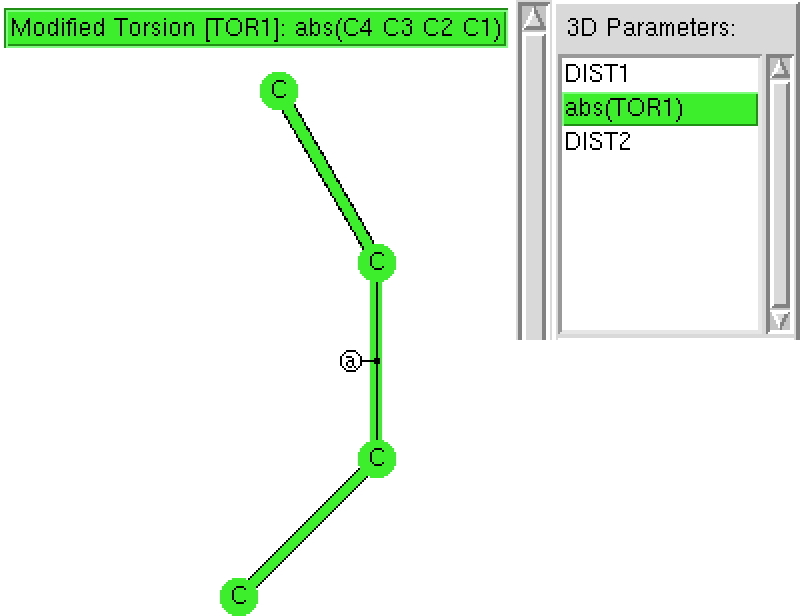
An article entitled " Four Decades of the Chemistry of Planar Hypercoordinate Compounds "[cite]10.1002/anie.201410407[/cite] was recently reviewed by Steve Bacharach on his blog, where you can also see comments. Given the recent crystallographic themes here, I thought I might try a search of the CSD (Cambridge structure database) to see whether anything interesting might emerge for tetracoordinate carbon.






